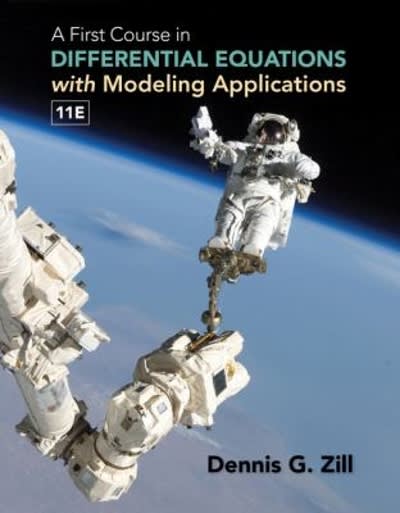Question
conduct appropriate statistical analyses of the data to draw conclusions for each research hypothesis. Write a brief report of the results in which you. ?
conduct appropriate statistical analyses of the data to draw conclusions for each research hypothesis. Write a brief report of the results in which you.
? Highlight all inferential statistical effects (e.g., There was a strong main effect of Factor A)
? Discuss the qualitative nature of any such effects (e.g., Group A scored higher on than group B)
? Report the results of your statistical tests using the appropriate formatting for each respective statistical test (e.g., t[12] = 2.53, p = .026, d = 0.74, 95% CI = [1.34, 4.78])
? Refer back to the research scenario to make a broad declarative statement about how well the research hypothesis is supported..
If you opt to use statistical software, please report exact p values for each statistical test (e.g., p = .026). Otherwise, if hand calculations, report p values in relation to (e.g., less than) the appropriate ?-level (e.g., ? = .05) and include the critical values from the relevant statistical tables provided in the textbook for each statistical test (e.g., p
s, assume two-tailed hypothesis tests with ? = .05 unless otherwise specified. All parametric analyses must include effect sizes. Any t-tests include 95% confidence intervals. Any analysis that includes an F-test also include an accompanying ANOVA table. Any analysis that includes a correlation also include the variances of the variables and their cross product (SP; covariability). Any analysis that includes linear regression also include all relevant descriptive statistics (i.e., SSResidual, standard error of the residual, regression equation). Any non-parametric analysis include the ranked scores and the sum of ranks (?R).
Please help with this

Step by Step Solution
There are 3 Steps involved in it
Step: 1

Get Instant Access to Expert-Tailored Solutions
See step-by-step solutions with expert insights and AI powered tools for academic success
Step: 2

Step: 3

Ace Your Homework with AI
Get the answers you need in no time with our AI-driven, step-by-step assistance
Get Started


